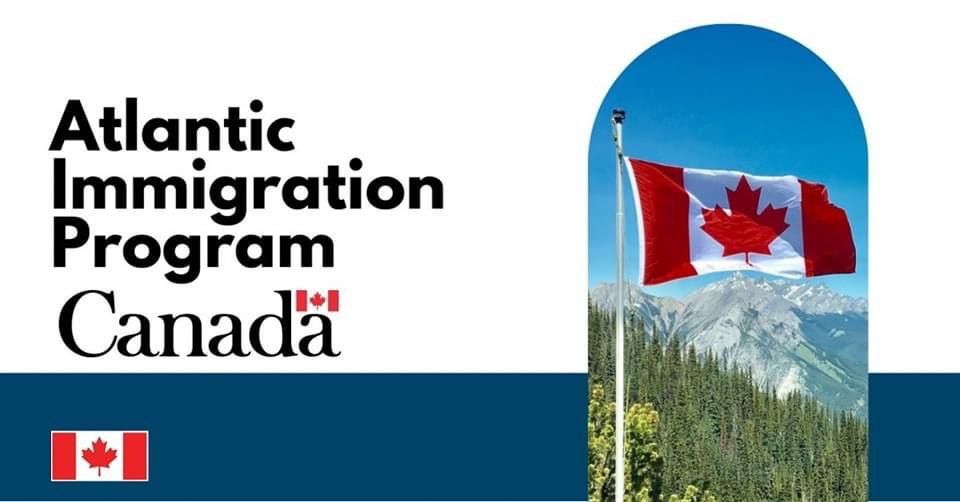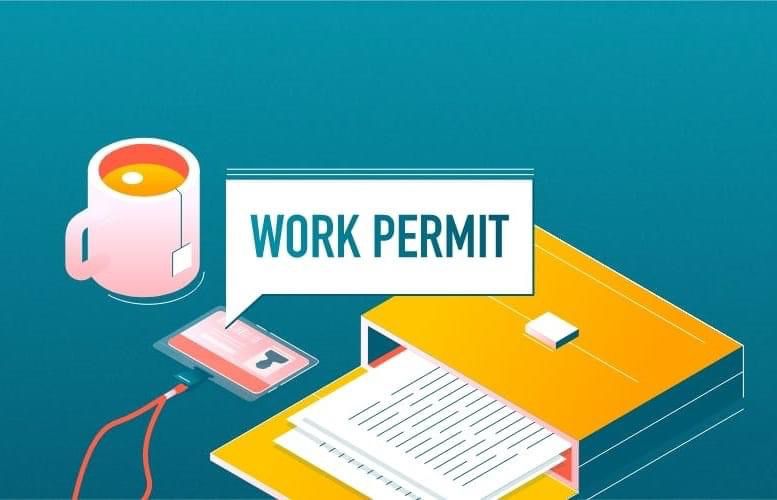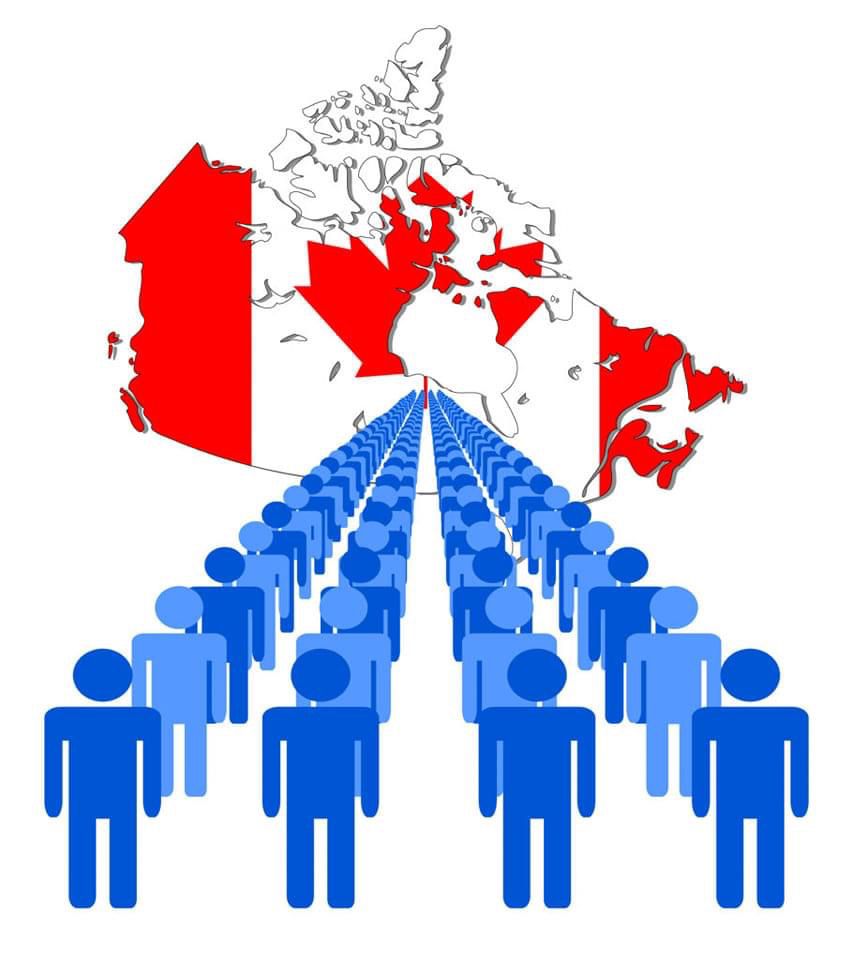𝐒𝐤𝐢𝐥𝐥𝐞𝐝 𝐢𝐦𝐦𝐢𝐠𝐫𝐚𝐧𝐭𝐬 𝐚𝐫𝐞 𝐧𝐞𝐞𝐝𝐞𝐝 𝐢𝐧 𝐂𝐚𝐧𝐚𝐝𝐚 𝐭𝐨 𝐟𝐢𝐥𝐥 𝐣𝐨𝐛𝐬 𝐢𝐧 𝐭𝐡𝐞 𝐛𝐮𝐢𝐥𝐝𝐢𝐧𝐠 𝐭𝐫𝐚𝐝𝐞𝐬,
𝐬𝐚𝐲𝐬 𝐡𝐨𝐮𝐬𝐢𝐧𝐠 𝐦𝐢𝐧𝐢𝐬𝐭𝐞𝐫
Housing and Diversity and Inclusion Minister Ahmed Hussen says Canada needs to bring in more foreign nationals to work in the building trades to fill jobs going begging for a lack of workers as Baby Boomers retire out of the workforce.
“We know there is over a million jobs in Canada that remain unfilled, so we need immigrants, skilled immigrants, to come in and help us fill those unfilled jobs and help us grow our economy,” Hussen reportedly told Global News in a year-end interview. “In addition to that, the irony is we actually need more people, skilled immigrants, to also help us in the building trades and the construction sector of our economy. We need those workers to actually come in and help us build the housing that Canadians need.”
Economists split on the impact of high immigration levels on housing costs in Canada
The housing and diversity and inclusion minister’s call for even more skilled immigrants to be allowed to immigrate to Canada comes in the wake of worries expressed by some Canadians that record-high levels of immigration are fuelling inflation in the country and exacerbating housing shortages.
“Mass immigration doesn’t make us richer,” tweeted People’s Party of Canada leader Maxime Bernier in late December.
“It doesn’t solve manpower and aging problems. And it worsens housing and healthcare shortages. Serious economists understand this.”
Economists have actually split on the impact of high immigration to Canada fuelling increases in house prices.
While some agree the increase in Canada’s population due to immigration drives up demand and pushes up housing prices, others claim the worry that immigrants in and of themselves will drive up housing prices in Canada is largely unfounded.
At the Urban Analytics Institute of Toronto Metropolitan University, director Murtaza Haider has reportedly told the Canadian Broadcasting Corporation (CBC) that immigrants are not much of a pressure on the housing market.
“Most new immigrants … would not have cash or enough savings to go and start buying homes,” Haider reportedly said. “I don’t expect them to exert pressure on housing prices as much, but more so on the rental demand.
Canada had 959,600 job vacancies in the third quarter of 2022
“My guess is that most new immigrants will … not have cash or enough savings to go and start buying homes.”
In its 2023-2025 Immigration Levels Plan, Ottawa has set the target for 2023 at 465,000 new permanent residents. The country will welcome 485,000 new permanent residents in 2024 and another 500,000 in 2025.
That’s a total of 1.45 million immigrants to Canada over the coming three years.
Those newcomers to Canada could make a big dent in the country’s acute labour shortage, including in the number of jobs in the building trades that are vacant.
In its latest quarterly report, Statistics Canada noted 959,600 job vacancies in the third quarter of 2022, 8.3 per cent higher than in the third quarter of 2021 and 72.7 per cent higher than in the first quarter of 2020.
Among those job vacancies are 38,905 construction jobs advertised on the Indeed job-hunting website in late December. The Jobbank government-run job-hunting website rates the employment prospects for construction workers as good in most Canadian provinces for the next few years.






